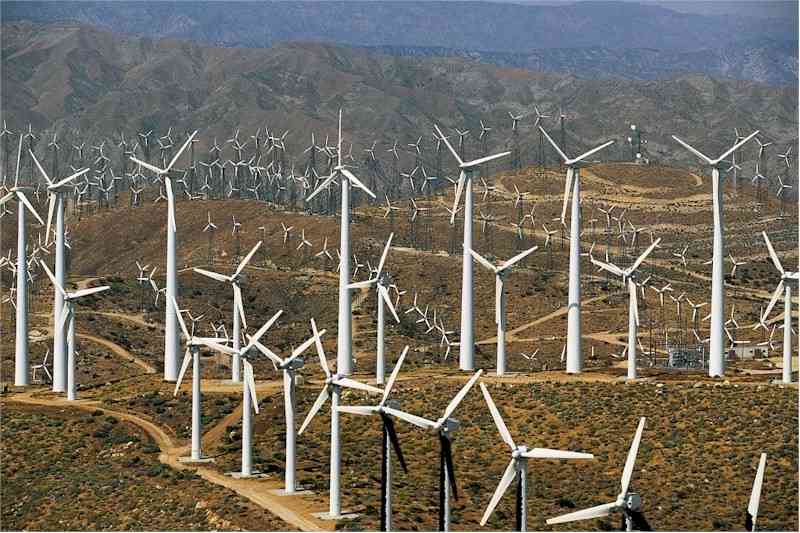You've Got the Power! (Or Will Have...)
Energy OptionsEvery time I see an adult on a bicycle, I no longer despair for the future of the human race. - H G Wells I have no doubt that we will be successful in harnessing the sun's energy... - Sir George Porter
Windmills of Banning Pass, near Palm Springs, California, United States (N 33°57' W 116°42') For years, New Zealand has enjoyed some of the lowest power prices in the developed world. Many people believe this was due to the large hydro-electricity schemes developed between the 1940s and 1970s. The truth is, however, that the huge Maui gas field off the coast of Taranaki has set the benchmark for New Zealand's electricity prices for most of the last 30 years. Today, Maui gas accounts for up to 25% of our electricity generation - but now it's running out. By 2010 it is expected to be all but exhausted. With New Zealand's economy growing and an increasing demand for power supply, we need to make some tough decisions now to avoid an energy supply "gap" that could disrupt our economy and our way of life. New Zealand's energy solution is not a simple one. The big issue is security of supply. Solving the problem is a balancing act: security versus price versus the environment. What are our energy options? How do they affect our environment? How will they affect the price of our power bills? How much can we rely on them for our power supply? These are just some of the questions we need to find answers to, to ensure power shortages are not the way of the future. Please join the debate and try your hand at balancing our energy needs to help determine our energy future - it's all about positive energy.
|
| Clean and relatively abundant source of electricity | |
| Already supplies 60 - 70% of our needs | |
| Produces no greenhouse gases | |
| NZ has a wide range of potential sites, large and small | |
| Positive public perception of existing hydro plant and renewable energy generally | |
| Provides baseload generation - as long as it keeps raining |
The Cons
| Strong and growing opposition to environmental impact of new big hydro schemes | |
| Reliant on weather - production can vary greatly from year to year | |
| Many new schemes would struggle to make electricity at competitive prices | |
| Most of best sites already used or off-limits | |
| Low hydro storage capacity in NZ | |
| Water becoming an increasingly scarce and expensive resource |
![]()
Gas/LNG
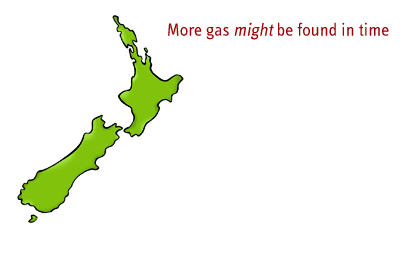
New Zealand has two gas options: domestic natural gas from fields like Maui and Pohokura and imported Liquefied Natural Gas (LNG). The electricity generation characteristics of both are identical, as are most of their pros and cons.
The Pros
Significant untapped domestic resources known to exist Proven generation technology increasingly efficient Important existing source of electricity - producing up to 25% of total electricity, more during hydro shortages Relatively short power station construction times Relatively minor visual and physical impact Liquefied Natural Gas abundant on world market should local supplies run low Gas-powered plants can run 24/7 - perfect for security of supply Produces relatively lower cost electricity than most renewable energy alternatives Plants can be built close to source of demand - reducing costs of upgrading the national grid The Cons
Greenhouse gas emissions add to global warming - although much less so than coal Range of possible future costs for greenhouse gas emissions is very large Gas costs rising - Maui gas was very cheap by world standards - new domestic supplies already cost significantly more Local gas supplies uncertain - timing and size of local discoveries unknown, especially because of relative lack of new exploration in NZ Imported Liquefied Natural Gas would expose New Zealand electricity to fluctuations in world gas prices and foreign exchange rates
The only significant environmental impact from gas is the carbon dioxide (CO2) that is emitted. Modern combined-cycle gas fired power stations emit 2½ times less CO2 than a modern coal-fired power station.
![]()
Coal
New Zealand has copious quantities of coal - equivalent to 30 Maui fields - which, if it were exploited, could serve New Zealand's needs for many decades.
The Pros
Plentiful local supply Abundant overseas supplies Competitive with other new generation options if low or no carbon tax Reliable and available for baseload generation to ensure security of supply Relatively clean for local air quality, if using latest technology The Cons
Produces greenhouse gases Expensive source of electricity if high carbon tax Range of possible future costs for greenhouse gas emissions is very large Largest deposits of domestic coal located far from the centres of demand for electricity - costly to transport the coal or the electricity Coal-fired power stations are expensive to build - a lot of money to waste if a significant new gas field is found which makes New Zealand's coal capability redundant
![]()
Wind
Although there is plenty of wind in New Zealand, it also needs to be physically accessible, located close to the National Grid and not too environmentally invasive. Additionally, wind power fluctuates with wind speeds, so it needs to work as a complement to more reliable energy sources, rather than as a stand-alone.
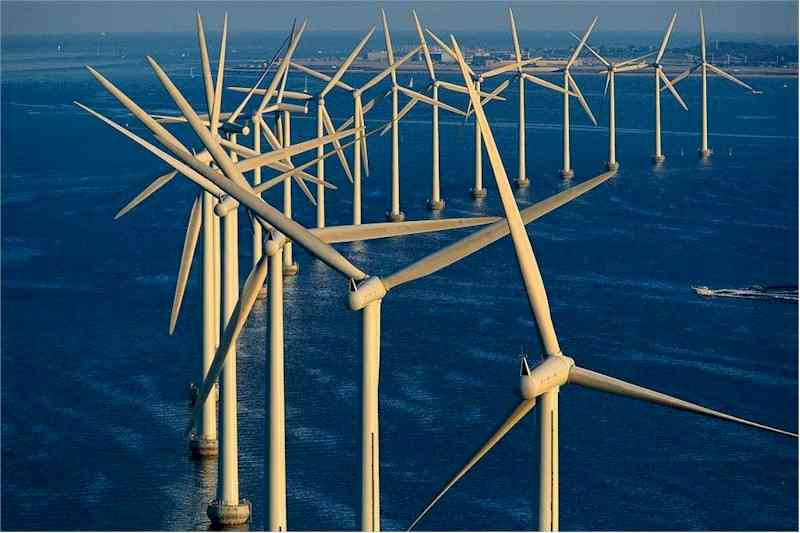
Middelgrunden offshore wind farm, near Copenhagen, Denmark (55°40' N, 12°38' E)
Since late 2000, the world’s largest offshore wind farm to date has stood in the Øresund strait, which separates Denmark from Sweden.
Its 20 turbines, each equipped with a rotor 250 feet (76 m) in diameter, standing 210 feet (64 m) above the water,
form an arc with a length of 2.1 miles (3.4 km). With 40 mega-watts of power, the farm produces 3% of the electricity consumption of Copenhagen.
Source: yannarthusbertrand.com from Earth from
Above by the incomparable photographer Yann Arthus-Bertrand
The Pros
Non air-polluting Large, identified potential Renewable Well-suited to NZ conditions - abundant wind Complementary with hydro Technology improvements should lower costs, making some wind increasingly competitive as electricity prices rise The Cons
Expensive electricity at most identified sites, using current technology Major cost to transport power from remote site to National Grid - large scale wind development would require significant new investment in the National Grid Visual intrusion makes it inappropriate for areas of natural beauty Highly variable - depends on back-up being available from hydro and fossil fuel generation for times when conditions are too light or too severe to allow wind turbines to operate Community acceptance - potential noise and visual issues

In 2030 Denmark plans to satisfy 50% of its electricity needs by means of wind energy (as opposed to 10% today).
Although renewable energy makes up only 2% of primary energy used worldwide, the ecological advantages attract great interest.
Thanks to technical progress, which has reduced noise created by wind farms (installed about a 1/3 of a mile, or 500 m, from residential areas),
resistance is fading. And with a 30% average annual growth rate in the past four years, the wind farm seems to be here to stay.
Photo source: trane.dk
![]()
Other Renewables
Renewable energy resources are those that are replenished naturally but limited in the amount that can be used at any one time. Renewable energy resources include biomass, hydro, geothermal, solar, wind, ocean thermal, wave action and tidal action.
Geothermal
In many parts of New Zealand, volcanic activity heats up water underground to very high temperatures. Geothermal power involves drilling deep wells to tap into this high temperature water to produce steam to turn electricity turbines.
The Pros
Renewable energy using heat from the Earth's core Substantial untapped reserves Technology and efficiency improving Provides continuous generation - ideal for security of supply Some reserves would be relatively economic to develop The Cons
Wastewater and emissions require environmental control Potential for land subsidence Noise Potential impact on existing geothermal features of cultural or economic significance Some reserves would be costly to develop
![]()
Solar
The sun's energy can be directly harnessed in two main ways: solar heating of buildings or water, and electricity generation using solar cells (photovoltaics).
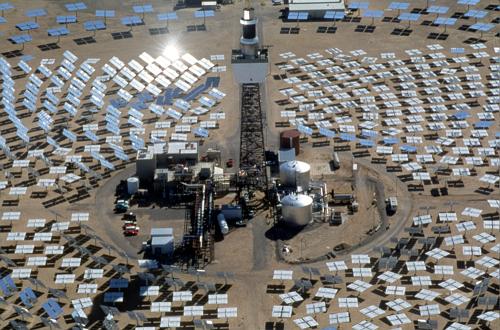
Photo source: rhlx01.rz.fht-esslingen.de visit their site for information on solar power as an energy source
The Pros
Clean, abundant energy source Capable of being tapped simply through 'solar-savvy' architecture Improving technologies and scientific understanding of possibilities Growing public acceptance and uptake of solar water heating technology Solar space and water heating can be incorporated relatively cheaply when a building is being constructed Readily available to everyone doesn't require expensive national grid upgrades The Cons
Solar electricity generation using photovoltaics is expensive It is often expensive to fit solar heating into existing buildings Seasonal and regional variations - unreliable, daylight/weather-dependent
![]()
Biomass
Primary processing industries such as timber and pulp and paper plants generate waste biomass. These by-products can be burned to produce steam and generate electricity with lower sulphur and nitrogen emissions than coal.
Already, 4% of our national energy supply is provided by woody biomass.
The Pros
Uses materials that would otherwise be wasted Potential to lower energy costs on-site and reduce demand on national grid Cost-competitive in many cases Renewable resource The Con
Waste materials need to be close to generation site to be economical
![]()
Tidal/Wave Action
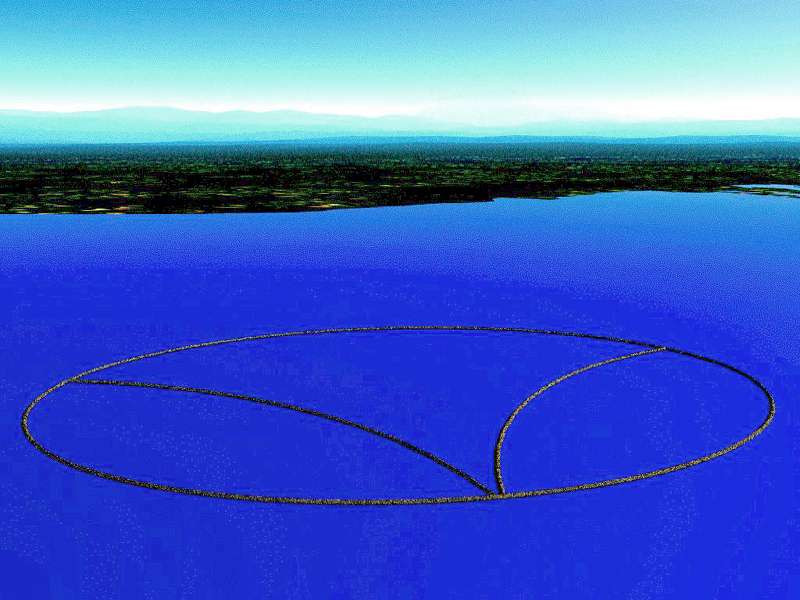
Source: tidalelectric.com check their site for a novel approach to tidal
power.
See rgu.ac.uk and www.fujitaresearch.com for other approaches.
Wave power involves converting the up and down motion of the waves into electricity using devices either fixed to the shore, or floating out at sea.
Tidal power involves capturing some of the energy that is inherent in moving vast quantities of water back and forth twice a day. Tidal devices can either be large dam-like structures, or they could involve turbines anchored free within the tidal flow.
The Pros
Clean, abundant energy source Potentially suited to New Zealand conditions Cost of technology likely to fall The Cons
Technology is currently expensive and in its infancy Relentlessly harsh environment Environmental and marine safety issues New Zealand tidal flows not especially strong
![]()
French Pass, which separates d'Urville Island from the South Island coast, is the only place in the world where two different levels of ocean can be seen at once. This causes tremendously dangerous currents - sometimes the tide flows at up to 8 knots through the narrow Pass. Perhaps it would have strong enough flows to generate energy?
![]()
Energy Efficiency
The range of potential energy efficiency measures is as diverse as the range of different energy uses.
The Pros
Very environmentally friendly - reduced energy consumption Very secure and reliable A significant cost-effective potential Social benefits - impact on housing warmth, dryness, respiratory illness, especially among the elderly and very young The Cons
Suffers from barriers to investment Consumers often are not aware of what they could do to save energy Or cannot be bothered Or don't have funds available to invest in energy efficiency Long payback times for some energy efficiency investments Retro-fitting existing buildings not always cost-effective
![]()
Nuclear
To many people, nuclear power is a fundamentally unacceptable option. Concerns over nuclear are many and varied, including:
nuclear waste will have to be stored for thousands of years the risk of accidents such as the one at Chernobyl possible deliberate terrorist strikes the problems of proliferating nuclear technology to politically unstable states' or even concerns that the cost of nuclear still isn't properly known given the uncertainties regarding decommissioning and waste disposal.
However, as concern about global warming grows, it is increasingly suggested that nuclear power should play a significant role in meeting the world's future electricity requirements. Supporters of this now claim that the concerns highlighted above are no longer the problem they used to be and that nuclear now represents a clean, safe and cost-effective option. Most recently, noted environmentalist and author of the "Gaia" theory, James Lovelock, has added his voice to such calls.
Contact has not included nuclear as a possible option for New Zealand for two main reasons. Partly this reflects the no-nukes stance that has been adopted by successive governments. However, it also reflects the fact that it is not expected that a nuclear option would be commercially viable in New Zealand now or in the near future. That is, among other reasons, because nuclear power relies on large economies of scale to achieve acceptable costs. The smallest unit size commercially available is in the order of 600MW. This is a very large unit size for the New Zealand, almost twice the current largest unit on the system. A base-load unit of this size present a significant number of technical challenges. It would simply not be feasible without significant changes to the way we operate the system to accommodate something of that scale in New Zealand for many years to come.
![]()
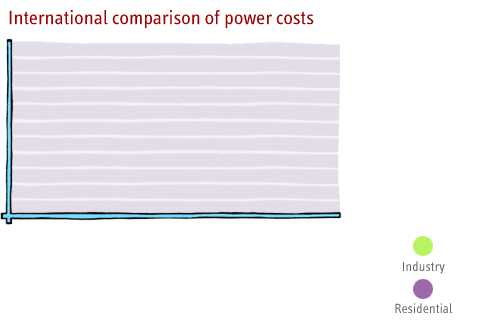
Source: positive-energy.co.nz - an important website. Please give them a visit, including their facts and links pages - get involved!
See also: the preceding 3 pages (clicking "Back" below will get you to one) for more about peak oil, energy alternatives, the hydrogen economy and other stuff...
![]()
How the US Gets Energy (Interactive)
Source: msnbc.com
![]()
For pages on natural disasters - including lightning strikes, tornados, hurricanes, volcanoes, floods, and more - as well as some great satellite and tree photos, clicking the
"Up" button immediately below takes you to the Table of Contents page for this Environment section.
 Animals
Animals Animation
Animation Art of Playing Cards
Art of Playing Cards Drugs
Drugs Education
Education Environment
Environment Flying
Flying History
History Humour
Humour Immigration
Immigration Info/Tech
Info/Tech Intellectual/Entertaining
Intellectual/Entertaining Lifestyles
Lifestyles Men
Men Money/Politics/Law
Money/Politics/Law New Jersey
New Jersey Odds and Oddities
Odds and Oddities Older & Under
Older & Under Photography
Photography Prisons
Prisons Relationships
Relationships Science
Science Social/Cultural
Social/Cultural Terrorism
Terrorism Wellington
Wellington Working
Working Zero Return Investment
Zero Return Investment